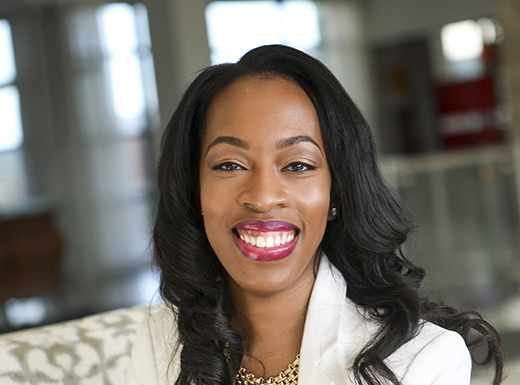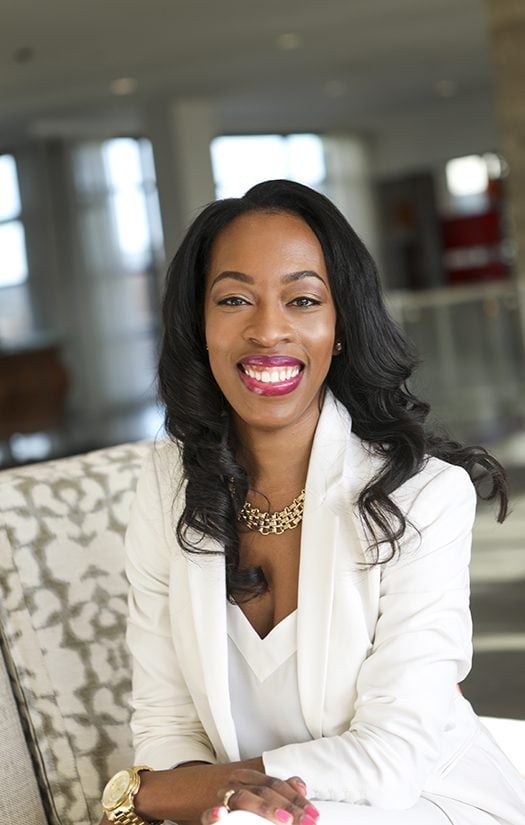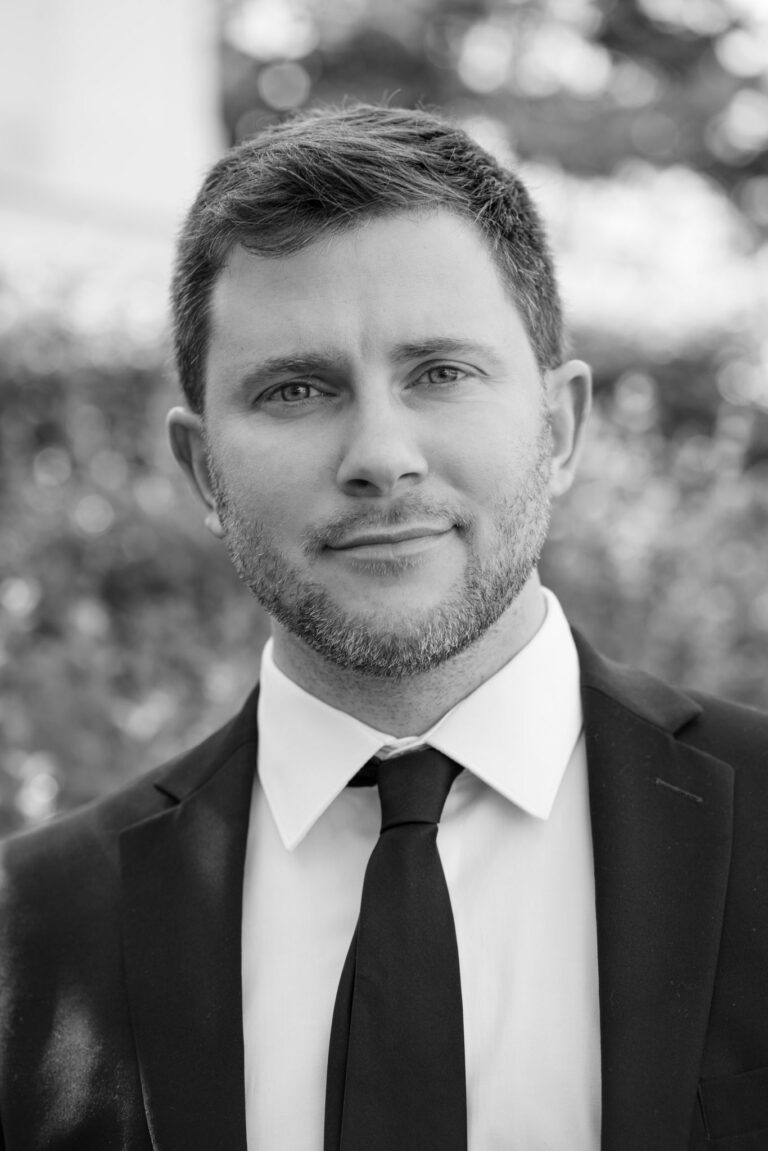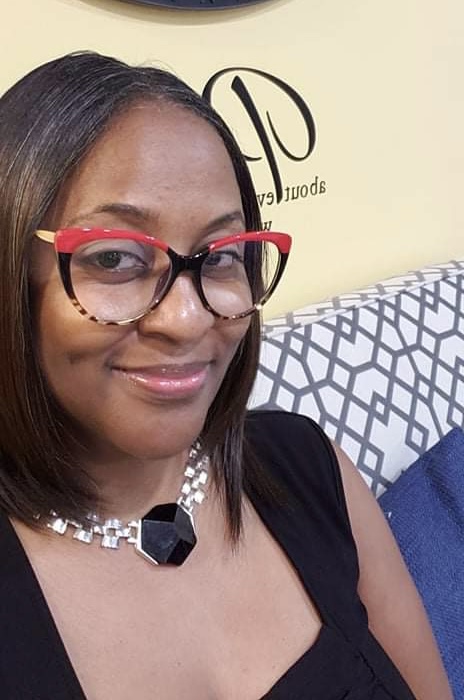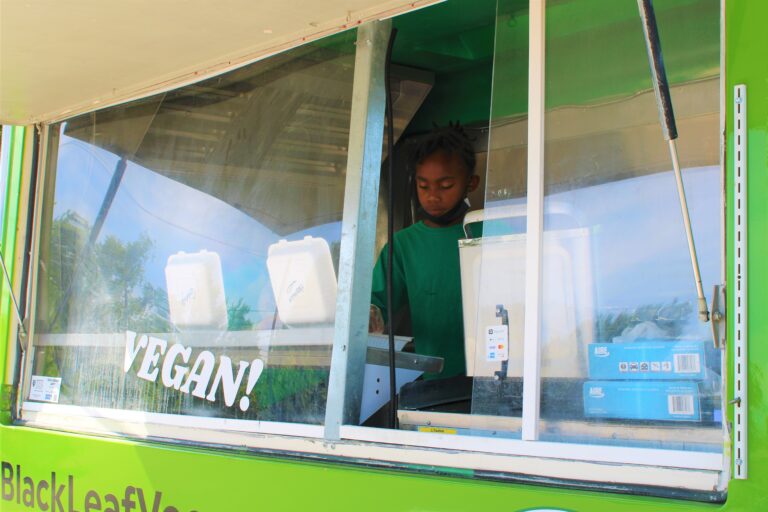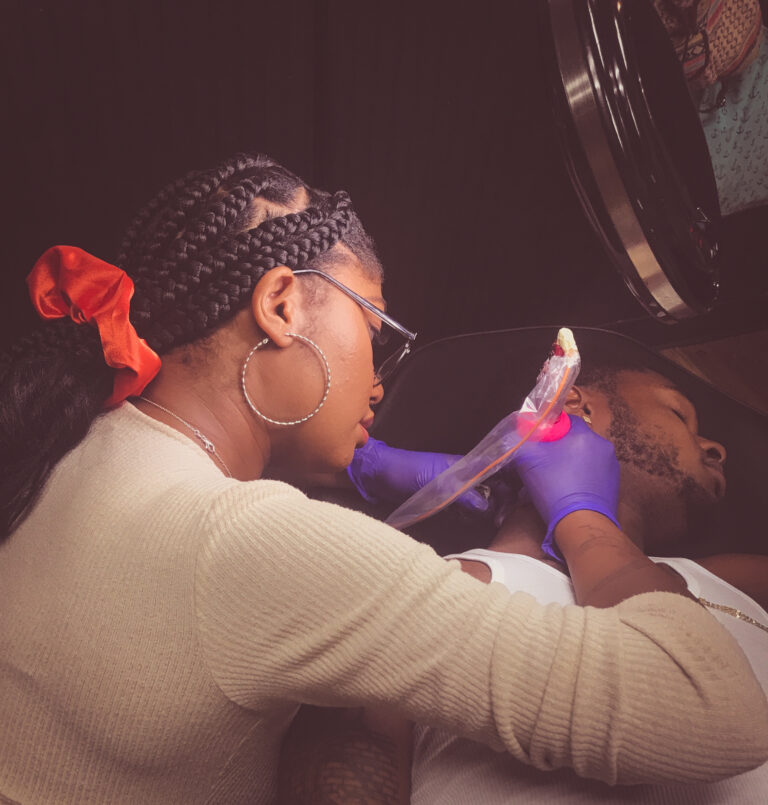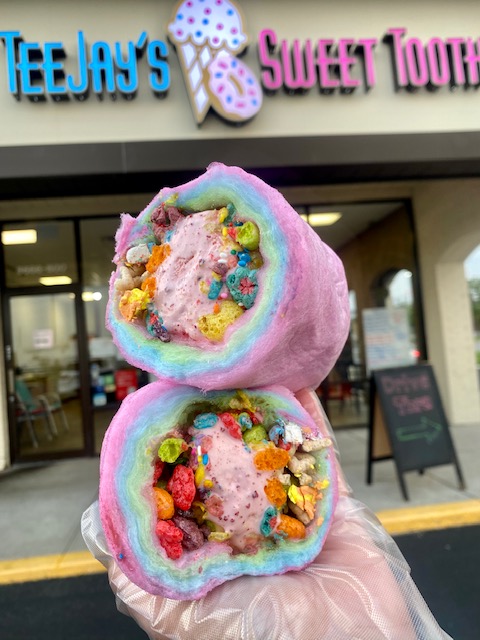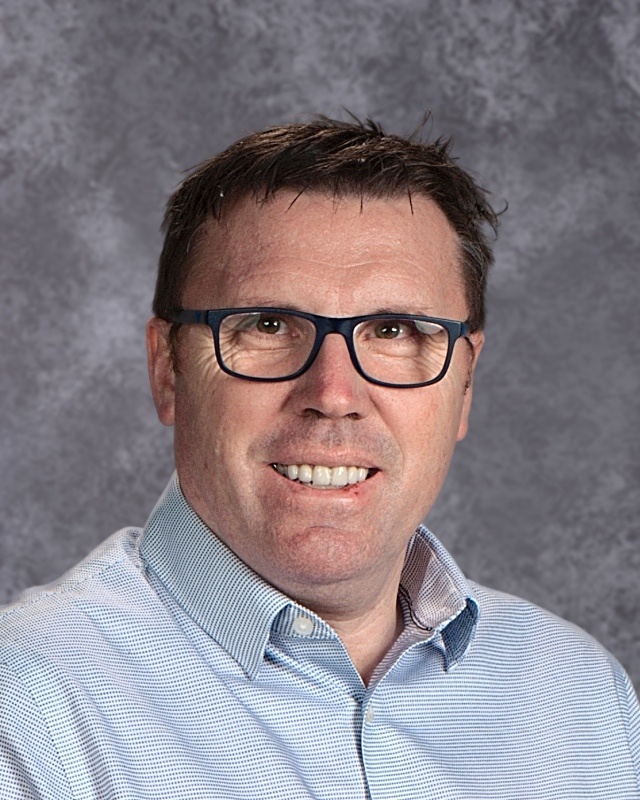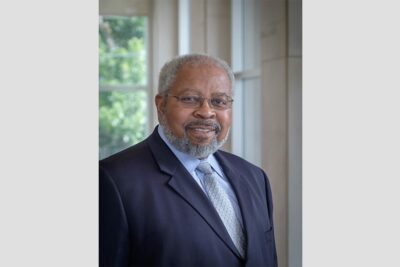By KRISTA BERMEO
Glass is perceived as fragile. Some objects that permeate its surface leave sharp, fragmented shards littered all around, but others shine through without obstruction. Others like light. When light hits glass, it passes straight through, illuminating a new world just on the other side.
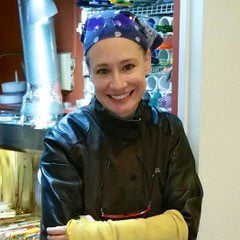
In 2005, I transitioned from my career as a writer and consultant in pharmaceutical research and development to creating glass jewelry. As one would imagine, there are very few transferable skills between those two career paths. Long gone were the days of intense, critical thinking from sunup to sundown, only to be replaced by colors and shapes, whimsical and elegant styles, dynamic gold, silver, and titanium and an abundance of glass.
Glass is a fascinating medium that captures light in such a way that implies suspension, and I use that design concept as a starting place for many of my jewelry creations.
In nothing short of serendipitous timing, another Indy patron was experimenting with glass art. The Fireworks of Glass exhibit at the Children’s Museum was set to open in January 2006, and the buyer at the museum store wanted to connect with local artists who had worked with glass. I took the only pieces I had and left with none — they purchased everything I had in hand. After leaving with a promise to create more jewelry and bring it all back, I went straight to the Indianapolis library, and unbeknownst to me at the time, I began building my business. To this day, you will find my work in the Children’s Museum Store and other museum stores around the nation.
With great risk often comes great anxiety, and as I began to consider and later realize my new career path, I was often hesitant to take that life-changing chance. In many ways, my hesitancy prevented me from seeing that I had built a new business before I even knew I was doing so. However, as I began to embrace an unexpected chapter in entrepreneurship, I found myself connected with the Business Ownership Initiative (BOI) powered by the Indy Chamber. Things weren’t always perfect. In fact, things did go pear-shaped more than I’d like to admit. But having access to affordable resources and support through BOI, I was able to turn my colorful, sometimes lopsided pear-shapes into statement jewelry pieces.
According to the Bureau of Labor Statistics, 4.3 million U.S. workers voluntarily left their job roles in August 2021. That’s nearly 3% of the entire American workforce. This “Great Resignation” is a time where many are beginning to explore entrepreneurship to replace tarnished tenures with fulfilling, new career adventures. The glass lining? There’s a solid place to land in this fragmented labor market, and organizations like BOI are ready and willing to support you along the way.
Artists create beauty from fragmentation. At just the right moment, microscopic grains of sand turn into glass with abundant beauty and potential. In many ways, the idea of beauty out of broken inspired my 2020 Shattered Glass collection — a testimony to a year characterized not only by unrest but also by the shattering of many illusions. This collection is my attempt to ask the question: How do we pick up the pieces?
Driving downtown in May 2020 and seeing the aftermath of broken store windows, my mission was clear: Collect the shards of shattered glass lining the street to make something beautiful and whole out of the brokenness. What many perceived as a violent, hostile act was actually a pivotal moment that helped illuminate deeper issues behind the glittering, glass-covered streets of Indianapolis. The 2020 Shattered Glass Collection was created to tell the stories of those whose voices have been silenced for far too long.
The meaning behind this project is deeply rooted, and my hope is that the impact is as well. Proceeds from the 2020 Shattered Glass collection were donated to The Bail Projects to amplify African American voices and foster positive change.
Small businesses are so impactful to our community because they provide opportunities for entrepreneurs, create meaningful jobs and help advance meaningful causes. In creating Krista Bermeo Studio, I work every day toward my goal of making light itself wearable, and this goal helps drive my vision for jewelry design: Keep it light.
Krista Bermeo is the owner and operator of Krista Bermeo Studio.


